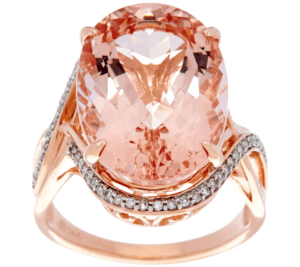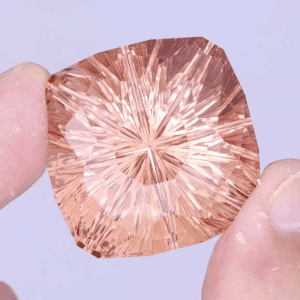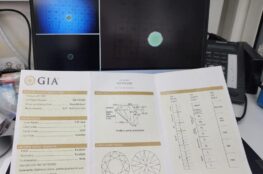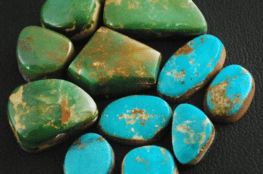Introduction: A Gem Enthusiast’s Treasure
Morganite, a captivating gemstone belonging to the beryl family, is celebrated for its delicate range of colors including pink, rose, peach, and salmon. Named in honor of the renowned financier and gem aficionado, J.P. Morgan, morganite has been cherished through the ages for its clarity and tender hues. This gemstone has seen a surge in popularity and value in recent times, making it a treasure among gem enthusiasts.

The Allure of Color
Morganite is predominantly known for its pink color, which can range from soft pink to a vibrant rose. The color is attributed to the presence of manganese. While pink and rose shades are currently in vogue, morganite also occurs in peach and salmon colors. Some collectors have a preference for the natural peach-colored morganite over the more common pink variants. However, it’s worth noting that the more intense the color, the rarer the gemstone. Large morganites are often needed to exhibit the finest colors.
Treatments: Enhancing the Pink
Morganite is commonly subjected to heat treatment to enhance its pink color. This treatment eliminates the yellow or orange tinge, resulting in a purer and more appealing pink. The heat treatment is stable and does not fade over time, and it is also not detectable through common testing methods.


Historical Significance and Misnomers
Morganite has a rich history and was particularly popular during the Victorian era. The ancient Egyptians and Romans were known to use morganite in jewelry. It’s important to note that morganite should not be referred to as “Pink Emerald.” Although both belong to the beryl family, they are distinct in their own right. The term “Pink Emerald” is misleading and historically was used to inflate the perceived value of morganite.
Sources: Where Does Morganite Come From?
Brazil’s Minas Gerais is the primary source of morganite, where it is extracted from pegmatite mines. Other notable sources include Afghanistan, Mozambique, Namibia, and the United States. The original deposit in Madagascar, discovered in 1911, is still considered to produce the finest quality morganite, known for its magenta-colored rough.
Jewelry and Sizes: Elegance in Versatility
Morganite is highly valued in jewelry due to its durability and vibrant color. It is often faceted to enhance its color and brilliance. Transparent, eye-clean morganites are abundant, allowing gem cutters to craft a plethora of designs. Morganite is found in large sizes, with miners in Brazil discovering crystals weighing as much as 22 lbs (10 kg).

Caring for Morganite
While morganite is a durable gemstone, it is sensitive to high heat. The gemstone’s inclusions can expand under high temperatures, making it susceptible to damage. It is advisable to clean morganite gently using a soft brush, mild detergent, and warm water.
Conclusion: Timeless Beauty and Grace
Morganite, with its timeless elegance and range of delicate hues, continues to captivate the hearts of collectors and jewelry enthusiasts alike. Its durability, coupled with its natural beauty, makes it an excellent choice for a variety of jewelry designs. Whether you are an avid collector or looking to add a touch of elegance to your jewelry collection, morganite is a gem that beautifully blends history with grace.


